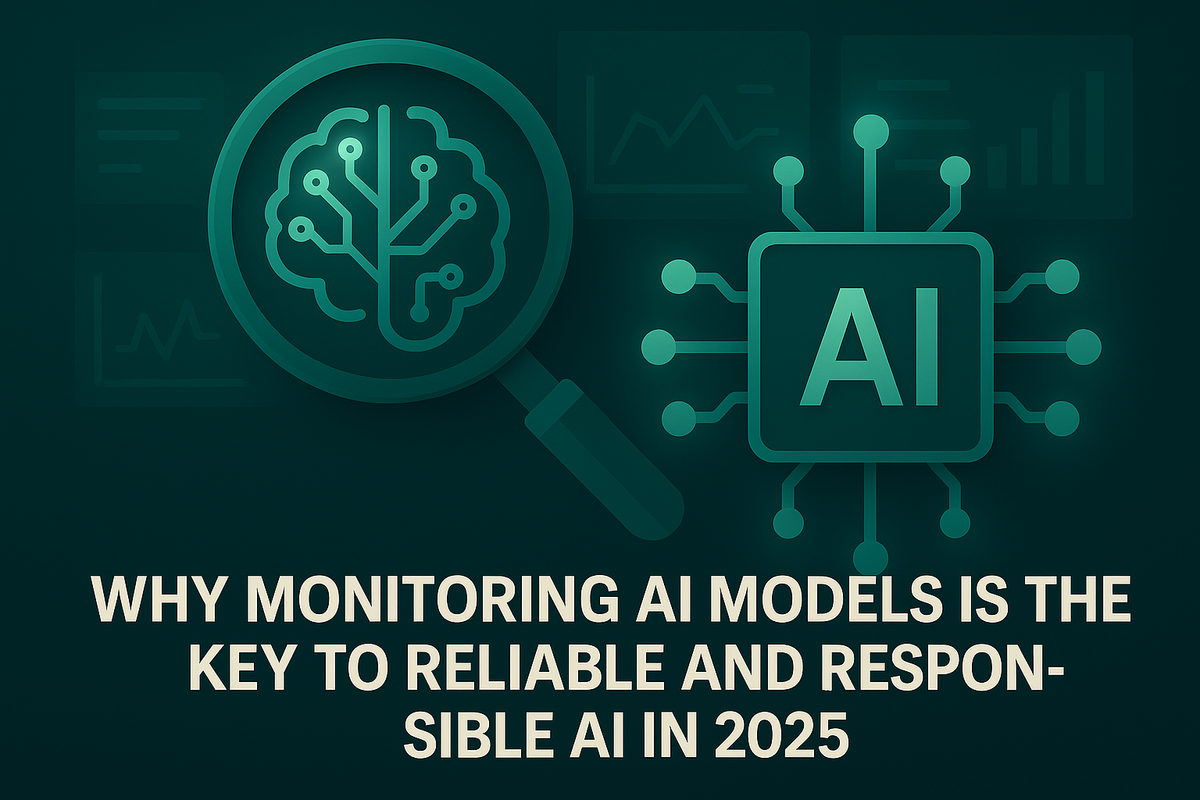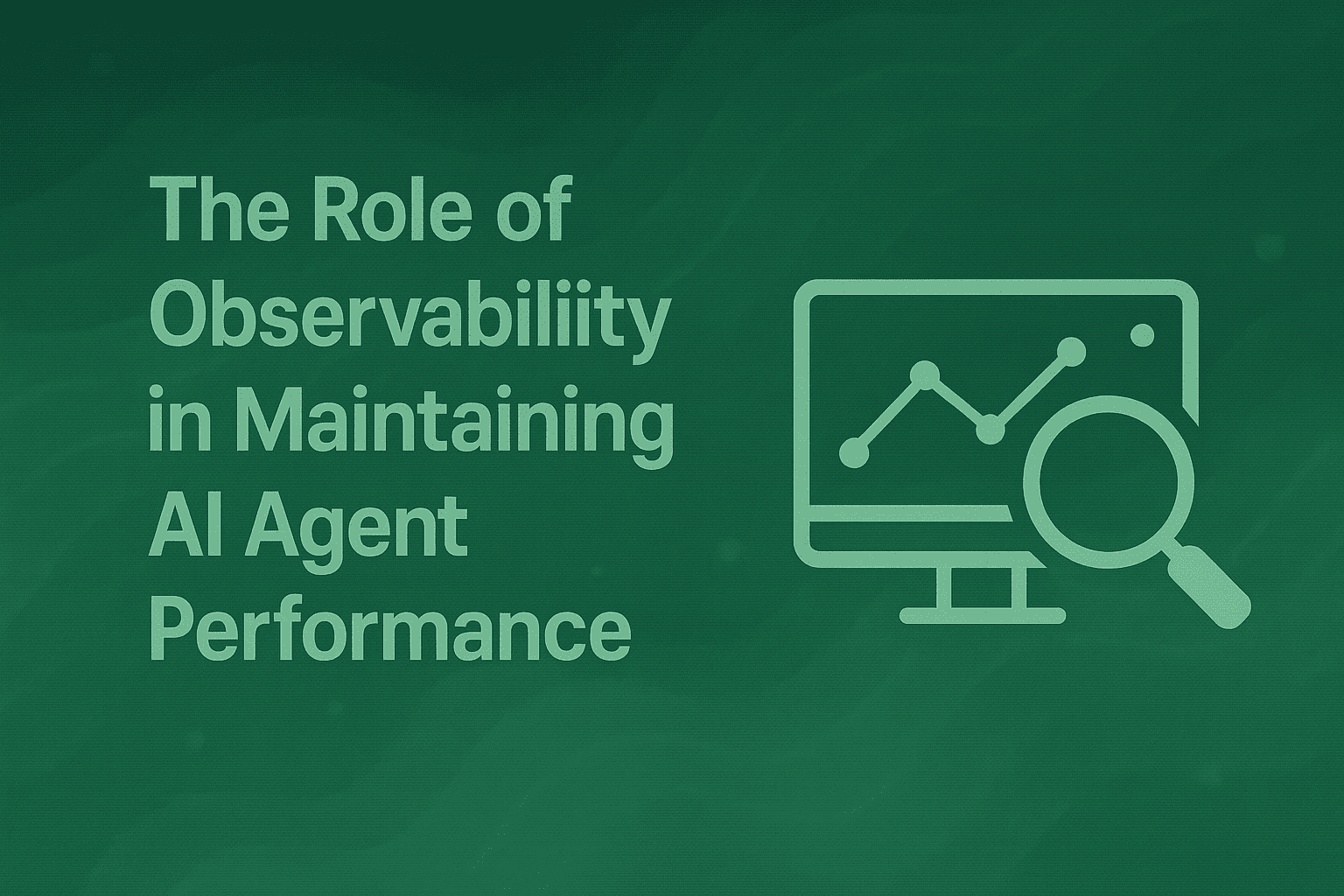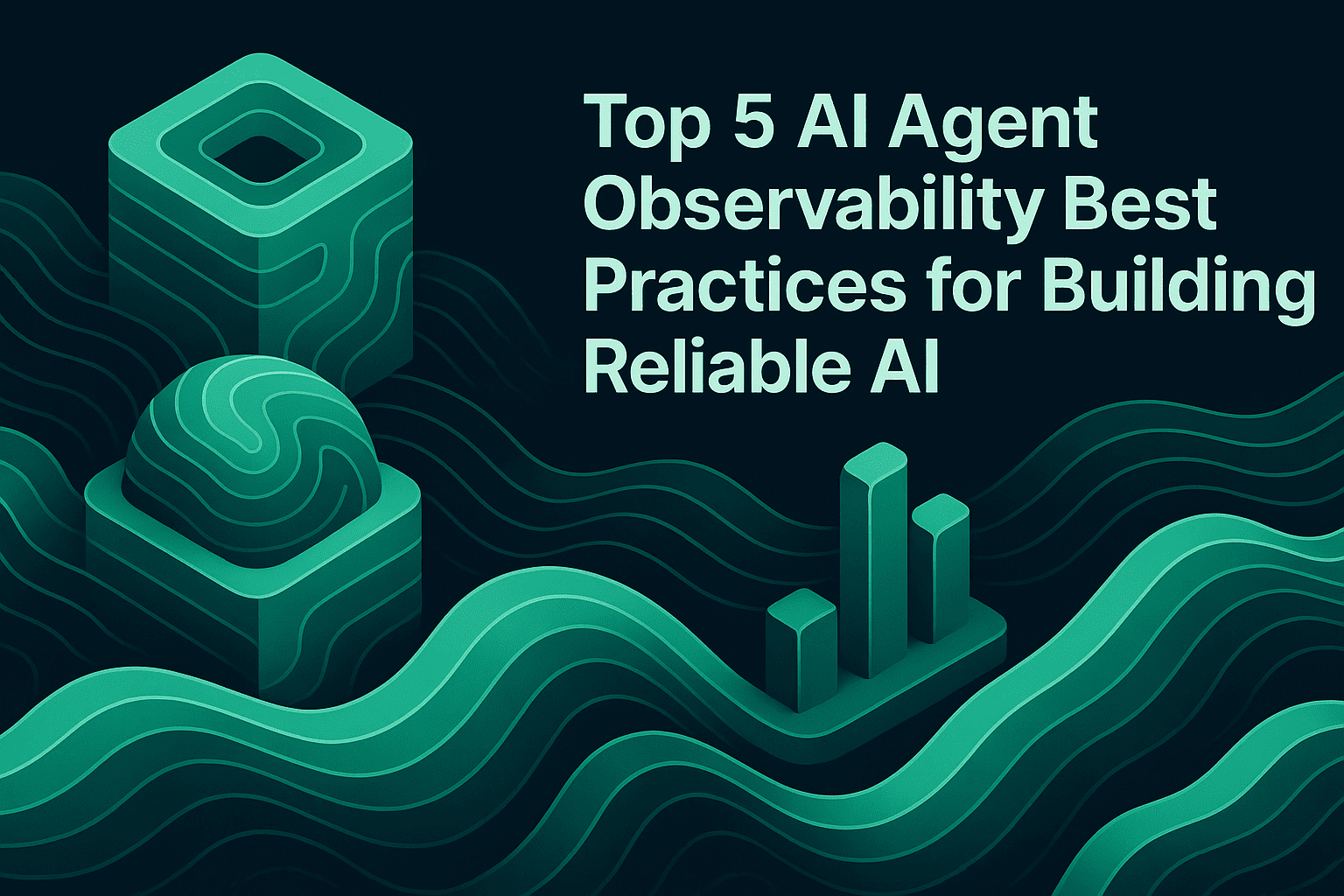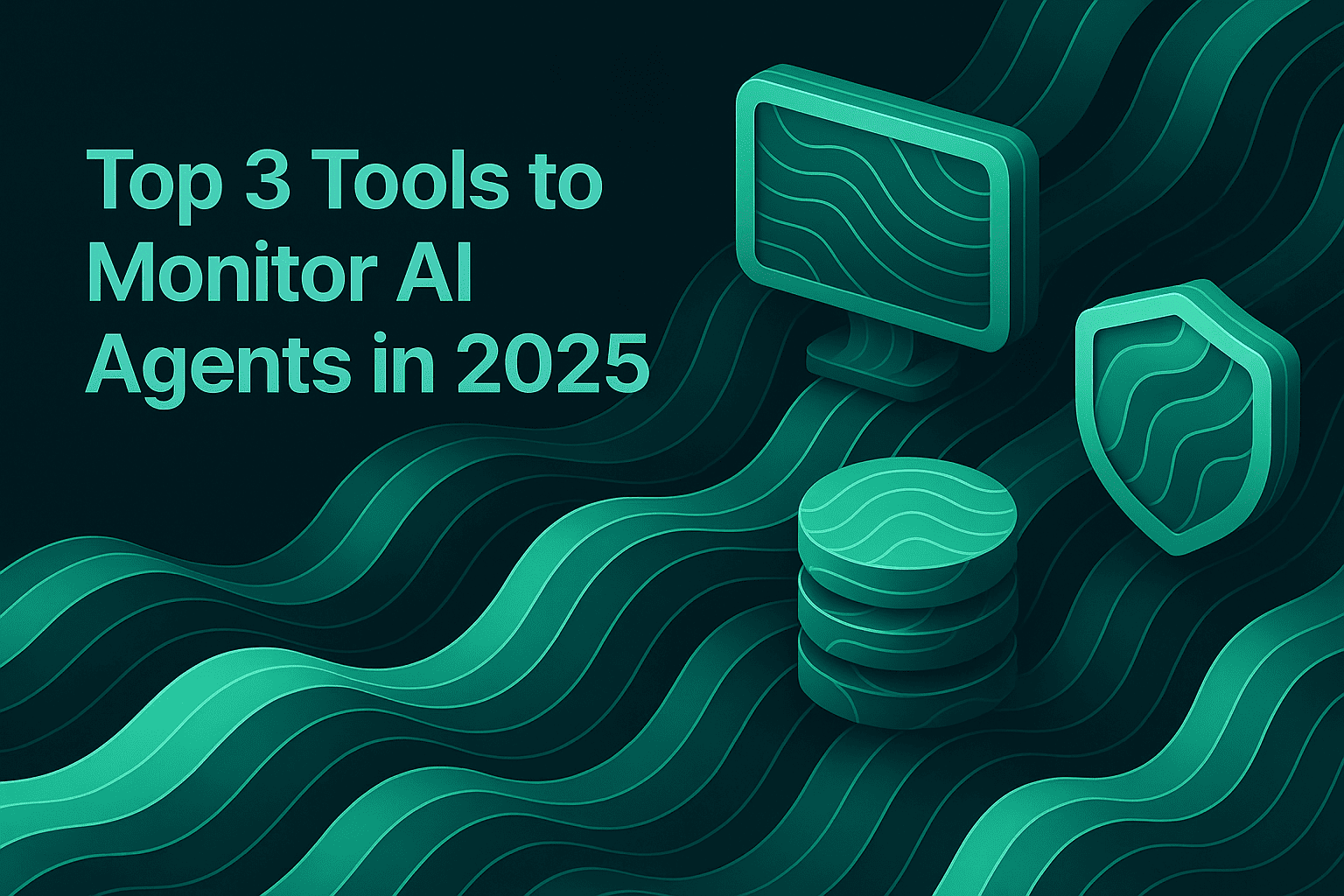Why Monitoring AI Models Is the Key to Reliable and Responsible AI in 2025

Introduction
In the last decade, the AI industry has undergone a transformation that would have seemed improbable just a few years ago. In 2025, AI models (particularly large language models and agentic systems) are not only powering digital assistants and customer support, but are also helping make decisions in healthcare, finance, and critical infrastructure. Yet, for all the progress, a persistent and sometimes dangerous gap remains between how these models perform in the lab and how they behave in the real world.
This is not a theoretical concern. Recent headlines about AI hallucinations, bias, and even security breaches in LLM powered applications underscore a simple truth: Benchmark scores are not a guarantee of reliability or real world performance. The real world is messy, adversarial, and unpredictable. The only way to bridge the gap between AI promise and AI reality is through robust, continuous observability and evaluations.
The Illusion of Static Evaluation
The AI community has historically relied on benchmarks (static datasets and leaderboards) to measure progress. While these have driven remarkable advances, they have also created a dangerous illusion. A model that excels on a benchmark may still falter when faced with edge cases, novel user behaviors, or adversarial inputs in production.
As detailed in Maxim AI’s exploration of agent quality evaluation, static tests can only capture so much. Real-world deployments demand a different approach: one that is dynamic, context-aware, and responsive to evolving risks.
The Stakes: Reliability, Responsibility, and Trust
AI is no longer just a backend tool; it is increasingly at the interface between organizations and their customers, patients, or citizens. The stakes are high:
- Reliability: A single failure can erode trust, cause financial loss, or even put lives at risk.
- Responsibility: Regulatory scrutiny is intensifying, with frameworks like the EU AI Act and GDPR mandating transparency, fairness, and accountability.
- Trust: Public confidence in AI hinges on organizations’ ability to detect, explain, and mitigate errors.
In short, responsible AI is not a luxury, it is a necessity.
The New Paradigm
From Reactive to Proactive
Traditional monitoring was often reactive, alerts would trigger only after a failure occurred. In 2025, this is no longer sufficient. AI observability must be proactive and predictive, surfacing subtle drifts, emerging risks, and early warning signs before they escalate.
Platforms like Maxim AI exemplify this shift. By offering real-time agent observability, distributed tracing, and customizable alerts, Maxim empowers teams to spot issues as they arise, not after the fact.
The Importance of Human-in-the-Loop
Automated metrics (accuracy, latency, cost) are necessary but not sufficient. Many of the most pernicious risks in AI, such as response quality and tone, require nuanced human judgment. Maxim’s human annotation pipelines and review queues enable organizations to blend automated llm-as-a-judge evals with human evals, ensuring that critical issues are not missed.
Observability as a Foundation for Iteration
AI systems are never finished. They must evolve as user needs, data, and environments change. Continuous monitoring provides the feedback loop necessary for ongoing improvement. Maxim’s experimentation suite allows teams to iterate rapidly, test new prompts and workflows, and deploy improvements with confidence.
Real-World Lessons
Case Study: Conversational Banking
Consider Clinc’s journey in conversational banking. By integrating Maxim AI’s monitoring and evaluation capabilities, Clinc was able to detect subtle failures and compliance risks early, long before they could impact customers. This proactive approach to monitoring didn’t just improve reliability; it enabled faster iteration and innovation.
Case Study: Scaling Support with Atomicwork
For enterprise support provider Atomicwork, the challenge was scaling AI-powered operations without sacrificing quality. Maxim’s continuous evaluation and alerting allowed Atomicwork to maintain high standards, even as they expanded rapidly. The lesson is clear: Monitoring is not a bottleneck, it is an enabler of scale and agility. Read more.
The Technical Backbone
Distributed Tracing and Visual Debugging
Modern AI agents are complex, often involving multi-turn interactions, tool calls, and integrations with external systems. Maxim’s trace view provides step-by-step visualization, making it possible to debug issues that would otherwise be invisible in aggregate metrics.
Continuous Quality Evaluation
Monitoring is not just about catching failures; it is about measuring quality at every level. Maxim enables continuous evaluation of agent interactions, leveraging both automated and human-in-the-loop assessments.
Integration and Scalability
A monitoring solution must fit into existing workflows and scale with demand. Maxim’s SDKs, OpenTelemetry compatibility, and settings up alerts with incident response platforms like PagerDuty and Slack ensure that monitoring is not a siloed activity, but teams can actively collaborate and get notifies about issues as soon as they surface in production.
Best Practices: Building a Monitoring-First AI Culture
- Start Early: Integrate monitoring from the earliest stages of model development, not as an afterthought.
- Define the Right Metrics: Go beyond accuracy, include latency, cost, fairness, and other qualitative metrics that capture the nuances of LLM powered application's response quality.
- Collaborate Across Teams: Monitoring is a shared responsibility, bring together engineering, product, and AI teams to work on iterating upon and building robust AI applications.
- Iterate Relentlessly: Use monitoring insights as a driver for continuous improvement for your AI Applications.
Looking Forward: The Ethical Imperative
The future of AI is not just about bigger models or faster inference. It is about building systems that are reliable, responsible, and worthy of trust. Monitoring is not a checkbox, it is the foundation on which ethical AI is built.
As we move deeper into 2025 and beyond, organizations that invest in robust, contextual, and continuous AI observability will not only avoid the pitfalls that have plagued past deployments, they will unlock new opportunities for innovation, impact, and leadership.


